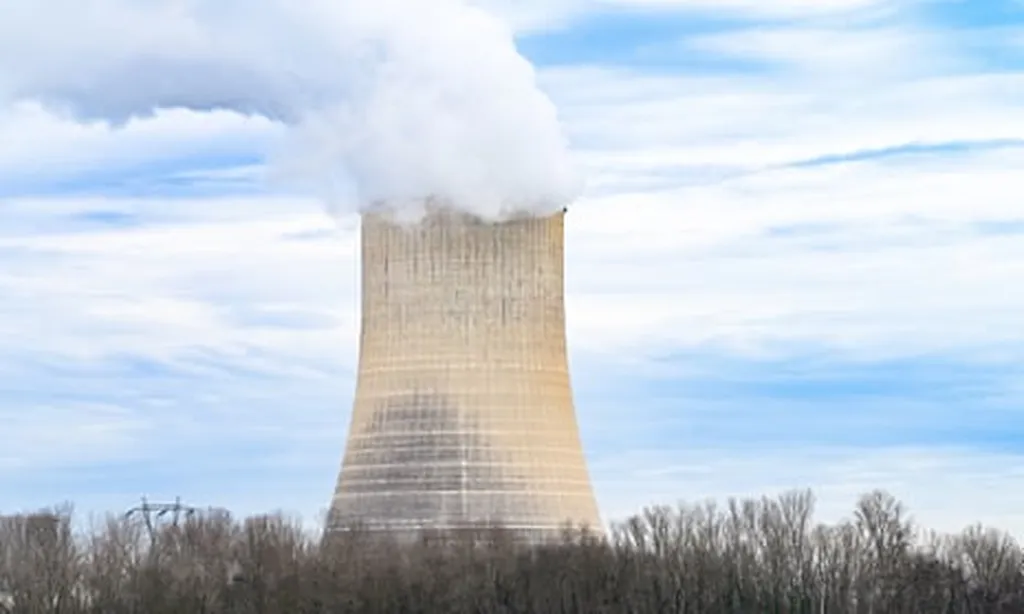The World Nuclear Association’s latest Performance Report offers a comprehensive snapshot of the global nuclear energy landscape, highlighting significant trends, challenges, and opportunities. In 2024, nuclear reactors worldwide generated a record 2667 TWh of electricity, surpassing the previous high of 2660 TWh set in 2006. Despite this increase, nuclear energy’s share of global electricity production has declined to around 9% from approximately 16% in the mid-1990s. This decline is attributed to the rapid growth in global electricity demand, largely met by fossil fuel generation.
Seven new reactors were connected to the grid in 2024, with three in China and one each in the United Arab Emirates, France, India, and the United States. Currently, 70 reactors are under construction worldwide, with nine new construction projects initiated in 2024, primarily in China, Pakistan, Egypt, and Russia.
The report underscores a significant shift in the global nuclear market, with Asia leading the increase in nuclear electricity generation. Over the past decade, 56 of the 68 reactors that started up were built in Asia, and 59 of the 70 reactors currently under construction are in Asian countries. While large reactors dominate the current construction landscape, small modular reactors (SMRs) are poised to play an emerging role. The 125 MWe Changjiang ACP100 is expected to start up in China next year, and construction on two 53 MWe RITM-200S units will begin soon in Russia. SMR construction is also anticipated to progress in countries like Canada and the USA. These smaller reactors are expected to broaden the applications of nuclear technologies and potentially reduce costs through factory-based modular production and rapid construction.
China’s nuclear program continues to expand, recently overtaking France as the country with the second-largest number of nuclear reactors (58). China is on track to surpass the United States in the number of operating reactors within the next decade. Notably, several new countries have either started their first reactors (United Arab Emirates and Belarus) or have their first reactors under construction (Bangladesh, Egypt, and Turkey). Countries like Kazakhstan, Poland, and Uzbekistan are also planning to begin construction of their first reactors in the coming years, indicating a growing global embrace of nuclear energy.
The report highlights the urgent need for accelerated progress towards carbon neutrality. Despite the rapid growth of renewable energy, global fossil fuel use for electricity production continues to rise due to increasing electricity demand. The International Energy Agency predicts that global electricity consumption will more than double over the next 25 years, driven by emerging economies and new sectors like AI and data centers. Governments have recognized the need for a rapid expansion of nuclear energy. At COP28 in 2023, nuclear energy was included as a mitigation technology in the Global Stocktake document approved by all nations. Additionally, 25 governments signed a declaration supporting the goal to triple global nuclear capacity by 2050, with six more countries joining the declaration at COP29 in Baku in 2024. This goal has been supported by over 130 companies in the nuclear energy industry and fourteen large energy users, including Amazon, Meta, Google, and Dow, recognizing nuclear’s role in enhancing energy security, resiliency, and providing continuous clean energy.
The report identifies several areas requiring innovation and investment to enhance the industry’s growth and sustainability. Technically, nuclear energy’s potential to decarbonize hard-to-abate sectors beyond electricity production will require innovation. Many applications involve supplying process heat at higher temperatures than conventional reactors, using gases, molten salts, or liquid metals as coolants. These technologies have been demonstrated but require continued development and deployment. Innovations in finance are also crucial, particularly for construction in liberalized electricity markets. The finance sector is addressing this issue, with fourteen financial organizations discussing ways to support the global goal to triple nuclear capacity at New York Climate Week 2024.
Looking ahead, the World Nuclear Association anticipates that global nuclear capacity and total nuclear generation will continue to rise as the reactors currently under construction are grid-connected over the next five to six years. There may be some closures of older plants, but analysis shows no decline in reactor performance related to age, with older reactors achieving high capacity factors. Longer term, the continued commitment to decarbonize global electricity supplies and growing electricity demand are likely to accelerate the pace of new nuclear build.
The report’s findings suggest that the nuclear energy sector is poised for significant growth and innovation, driven by the urgent need for decarbonization and increasing electricity demand. The expansion of nuclear energy, particularly in Asia, and the emerging role of SMRs, indicate a dynamic and evolving industry. The commitment from governments and

